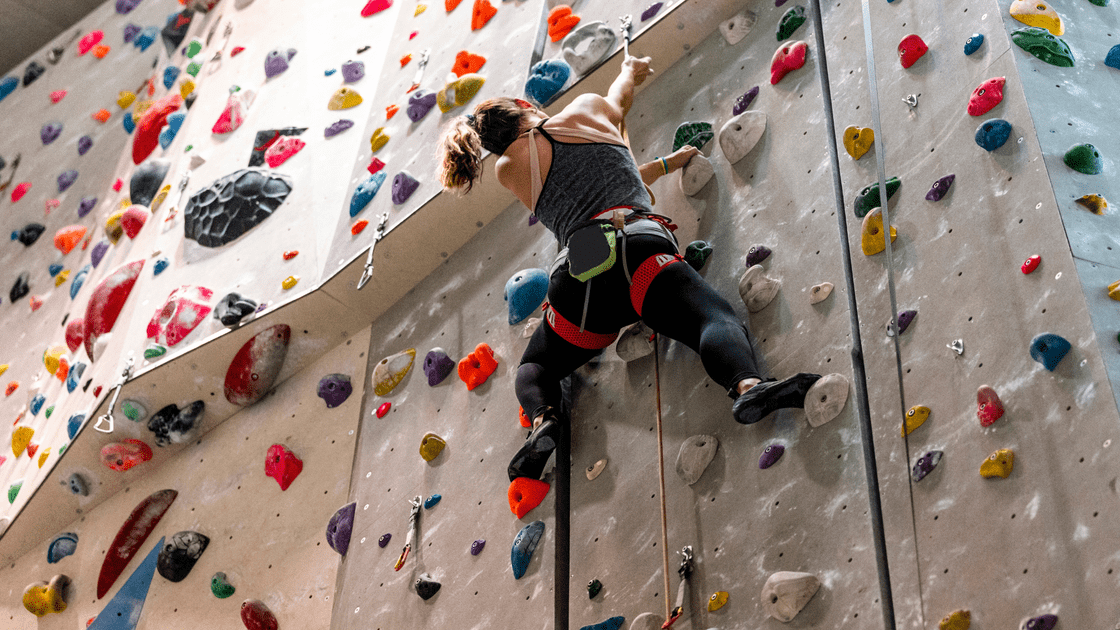If you're new to the climbing world, you may be wondering what the difference is between bouldering and top-rope climbing.
Both forms of climbing have their own unique benefits and challenges, so it can be tough to decide which one is right for you.
In this blog post, let's explore the differences between bouldering and top-rope climbing, as well as give you a few tips on which one might be best for your next climbing adventure!
What is Bouldering?
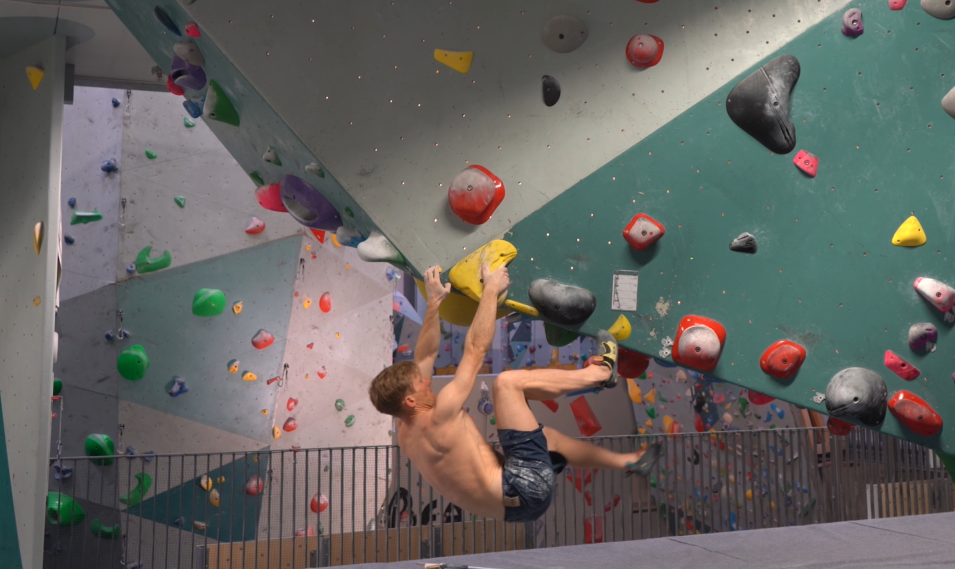
Youtube: Magnus Midtbø
Bouldering is a form of rock climbing that usually takes place on short walls or boulders, between six and 15 feet tall.
Since climbers don't have ropes attached to them during this type of climb, a crash pad and spotting partner are often used to catch the climber if they fall from the wall.
The goal of bouldering, whether indoors or outdoors, is to reach the top of a climb. In bouldering, the same color handholds are used to reach the top.
The challenge is not using alternative colored handholds to get past the climbing obstacles.
What is Top Rope Climbing?
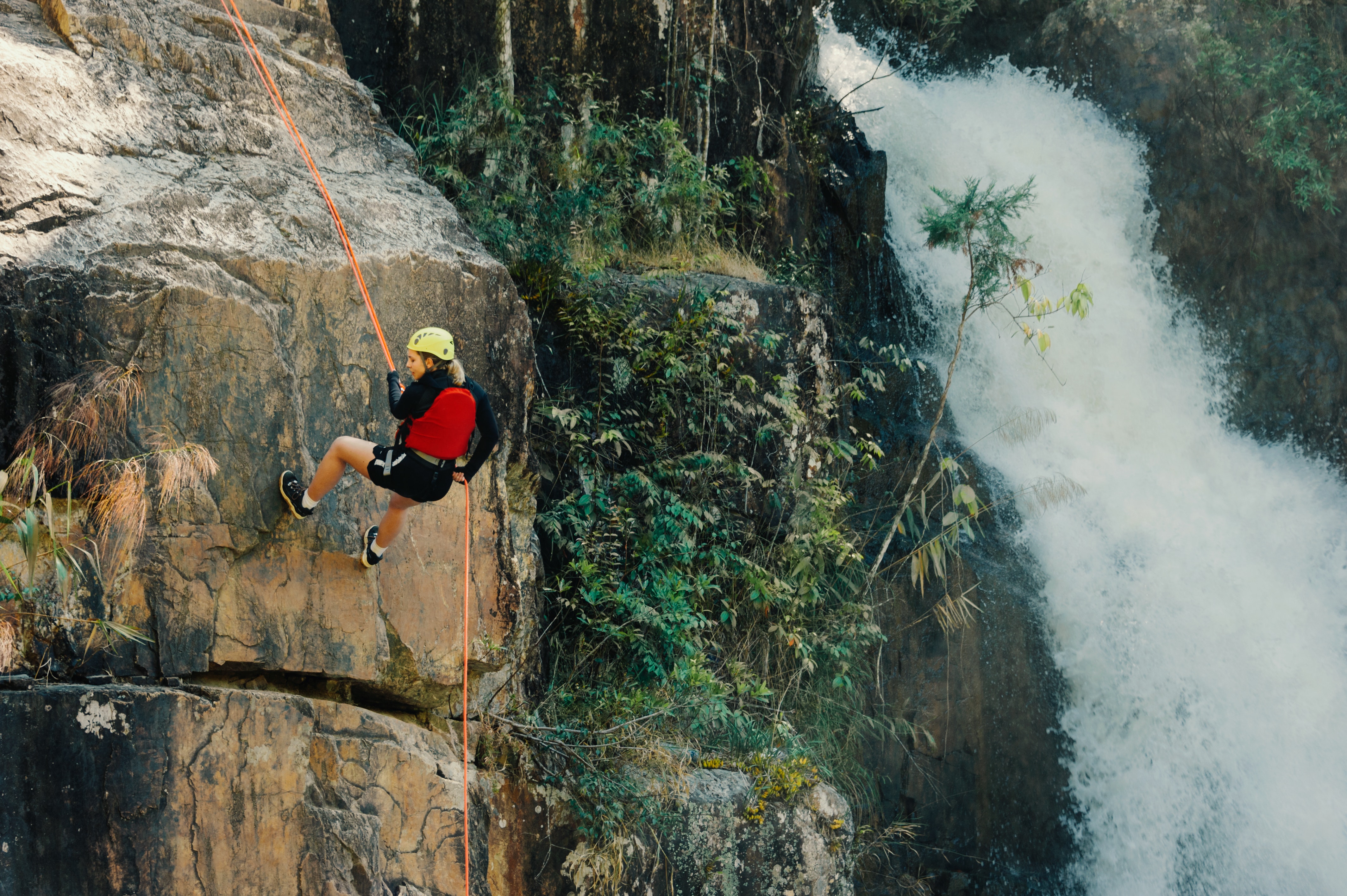
Top rope climbing is a type of climbing where a climber is attached to a moving rope that goes up to a secured point at the top and then comes back down again.
As the climber moves up the wall, the rope smoothly slides through a belay device that rests on their harness.
In top-rope climbing, falls are typically more controlled and less dangerous than in bouldering, making it a popular choice for climbers who are new to the sport.
However, the challenge of top-rope climbing is not reaching the top but passing all of the obstacles on your way there.
Each obstacle requires you to use different-colored handholds to reach it successfully.
As such, many climbers find that top roping is more challenging than bouldering because you have to learn how each wall works and which handholds to use.
How Do Their Grades Compare?
It's important to note that the grades for bouldering and top-rope climbing can vary depending on where you are in the world.
In the U.S., bouldering is typically graded using V-scale, while top rope climbs are graded using the YDS scale (Yosemite Decimal System).
The "V" scale is used for bouldering routes, with V0 representing the easiest and V17 meaning the most difficult. The "YDS" scale is used to measure the difficulty of top-rope climbs, which range from 5.0 to 5.15d in difficulty.
While a V0 is commonly identified as a "5.0," it's actually considerably closer to a "5.9" in reality!
Check out the table below[1] for a general comparison of the V and YDS scales.

If you are interested in a more comprehensive overview of rock climbing grading, check out our article How Are Rock Climbing Routes Graded?
What are the Pros and Cons of Bouldering and Top Rope Climbing?
Choosing which climbing style is better between rope-dependent and rope-free climbing is impossible. It all depends on your goals and preferences.
Let's explore the pros and cons of bouldering and top-rope climbing with that in mind.
**Bouldering Pros:
**
- Indoor bouldering allows you to climb without a spotter, so you can go solo and climb whenever you want.
- When outdoor bouldering, you'll save time by not having to carry as much equipment.
- Bouldering gyms have climbing equipment for training.
**Bouldering Cons:
**
- Bouldering doesn't train your endurance as well as top-rope climbing.
- Bouldering is dangerous if you don't have a crash pad or someone to spot you.
- You always have to start at the beginning every time you fall.
- Bouldering gyms can be expensive, especially compared to top roping at a climbing gym or outside.
**Top Rope Climbing Pros:
**
- No need for large crash pads.
- Top ropers get to climb higher than boulderers, which can be more exciting.
- You can reach the top of a climb without falling and have fun with your friends while doing it.
- It's easier on your body since there is less impact from falls.
**Top Rope Climbing Cons:
**
- You need a partner to belay you, and they must be comfortable and certified in doing so.
- It can take more time than bouldering to complete a climb.
- Weather conditions can make top rope climbing difficult or dangerous.
- You will likely struggle with advanced techniques if you are a beginner.
Bouldering Vs. Top Rope Climbing - Which Should You Choose?
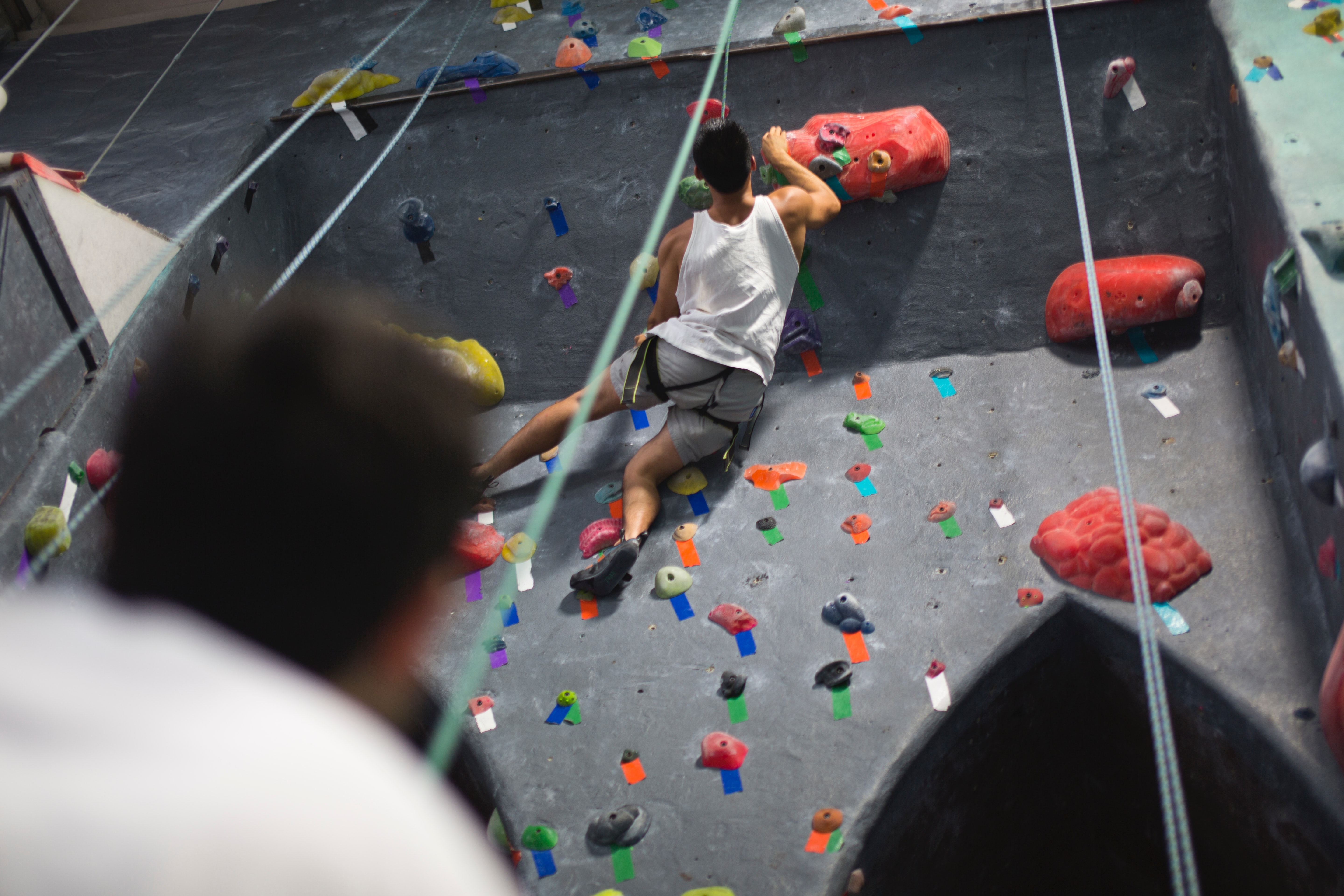
When it comes to choosing between bouldering and top-rope climbing, the decision depends on your goals.
Are you looking for a thrilling outdoor activity that doesn't require much training or experience? Or is it more important to have fun while learning new skills with friends at an indoor gym?
If you're unsure of what type of climbing you want to do, try out a bouldering gym and see if it's the right fit for you.
Otherwise, start with top-rope climbing and progress to bouldering when you feel ready.
In the end, both styles are enjoyable and have their own set of benefits - it all comes down to what you're looking for in a sport!
Which Climbing Activity is More Beginner-Friendly?
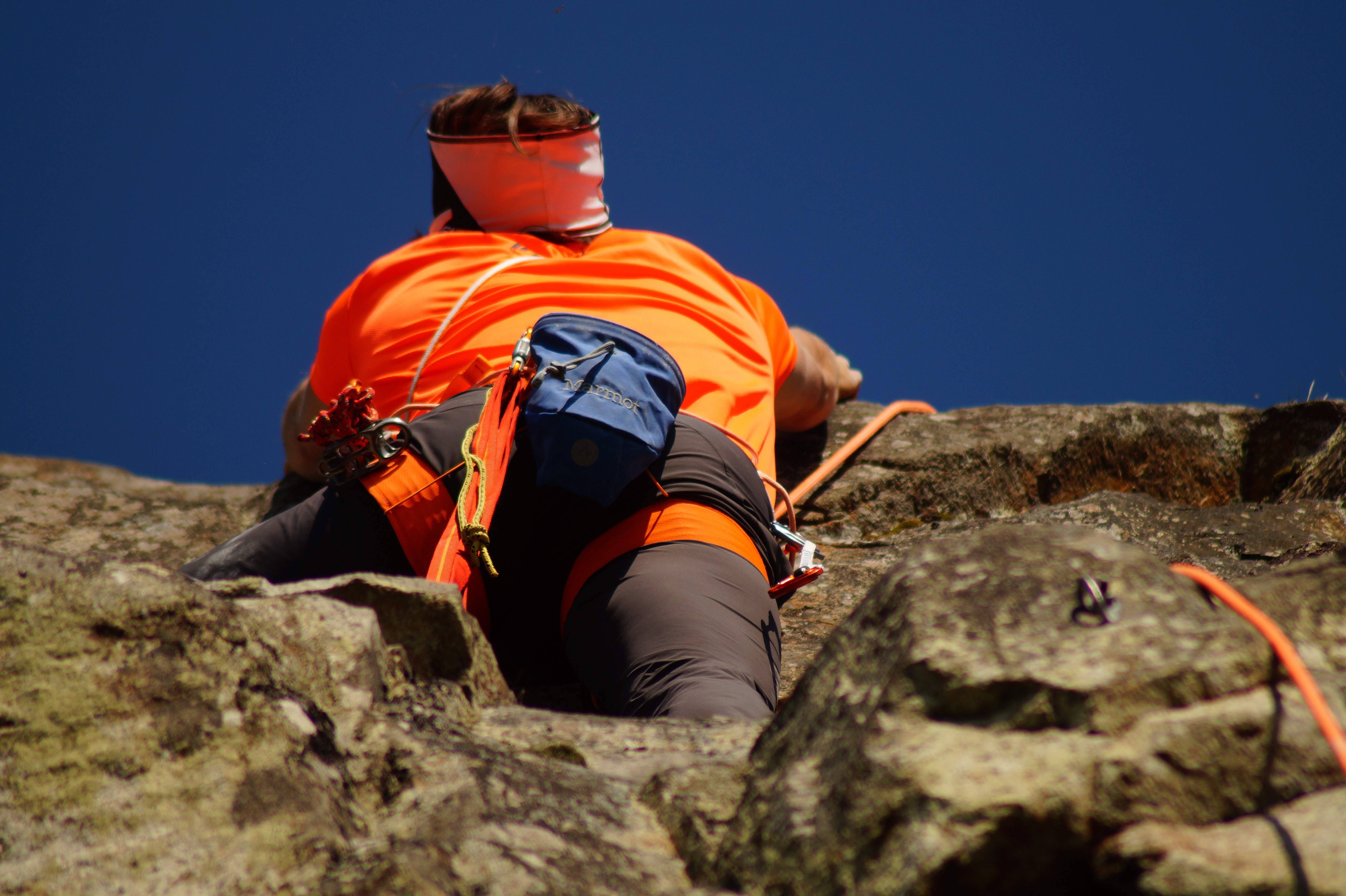
When it comes to beginner-friendliness, indoor bouldering takes the cake.
You can learn all of the basics indoors without having to worry about falling or getting hurt.
Once you have mastered the basics and feel confident in your abilities, you can start bouldering at a gym that offers crash pads or outdoors with an experienced friend.
Top roping is also beginner-friendly, especially if you have a belayer with you at all times.
However, it's important to note that top rope climbing requires more equipment and training than bouldering does - so keep this in mind when deciding which style of climbing will suit your needs best!
Conclusion
Ready to give bouldering and top-rope climbing a try? Keep in mind the pros and cons of each activity before you decide.
Climbing is great exercise, fun, and exciting. It's also an excellent way to bond with your friends and family!
Just make sure to always wear the right gear and keep safety precautions your top priority.
Happy trails!



